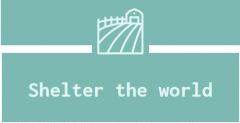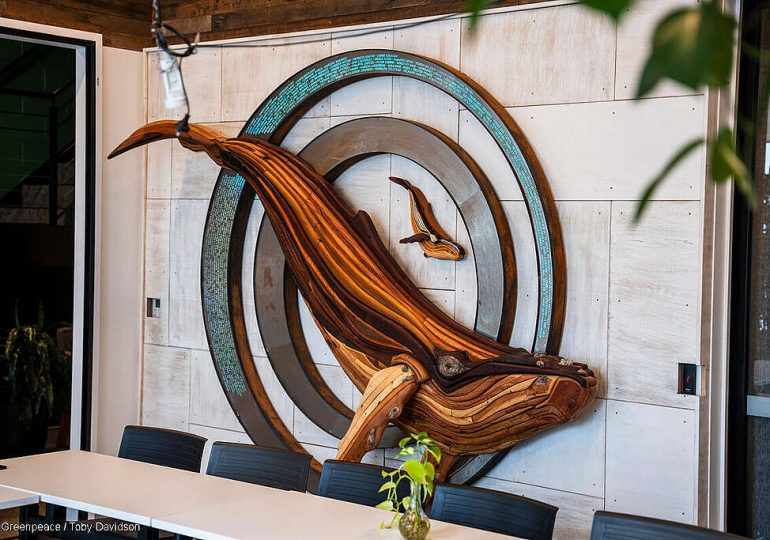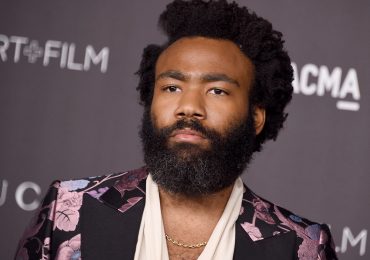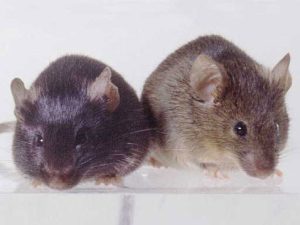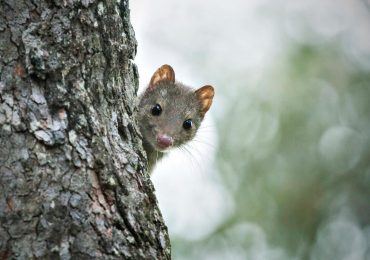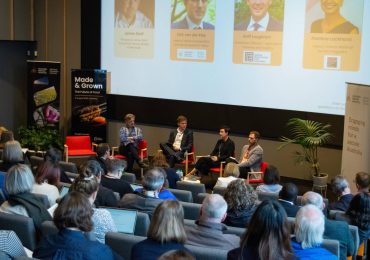As a poet once wrote, touch has a memory. To know touch is to have lived.
Even as I write this, tactile reminiscences are surfacing, suggested by thinking about the phenomenon of the mind that I have just learned is called haptic memory. There’s the stiffened cotton of a breeze-dried shirt after a long and memorable day with friends on a WA beach as a teenager; the delicate firmness of the drupelets of ripening youngberries, that I was learning to pick without squashing, when a small child.
Perhaps the feel of the skin of those whom we love is the most powerful haptic memory of all. I am remembering now the soft wrinkles on the back of my mother’s dextrous, practical, tender, tough fingers, the last time I saw her alive.
Maybe as you read this, some of your own haptic memories are coming to mind. If so, I hope that they are kind to you, but I guess there’s no guarantee because touch memories have the capacity to bring up emotions no less varied than the material surfaces of being that we encounter in our lives.
Touch can be a way of showing reverence too, if we choose to purposefully invest the physicality of a thing with sacred meaning.
We’ve recently had an exquisite sculpture installed in our regional headquarters, Rainbow Warrior House, in Sydney. Titled Burrapur, which means ‘tomorrow’ in Dharug, the piece is built out of recycled timber and metal, and depicts a mother whale and a calf, swimming together. The mum, named Yanu— Dharug for ‘farewell’—is guarding and guiding the child, Warami—meaning ‘hello’.
Burrapur was commissioned as an act of remembrance. An illuminated outer spiral surrounds the two whales, memorialising the name of every person who has left a bequest to Greenpeace Australia Pacific in their will. Each day, Yanu and Warami offer an invitation to all who enter Rainbow Warrior House to remember that extraordinary cohort of generous souls.
Some names lit up in the concentric rings are especially familiar to me – members of the Greenpeace family during my time, some of whom I knew well. I think of their eyes and smiles; what they cared about, and human idiosyncrasies. I remember the sound of their voices and our conversations together.
Since the sculpture was installed, I have adopted a ritual of giving Yanu a gentle brush with the tips of my fingers when arriving at Rainbow Warrior House first thing in the morning. If I am honest, when there is nobody around, sometimes I will say ‘hello’ out loud, to mother and calf, too. In truth, I am also greeting those whose names now circle the whales in ambient light, though I know there can be no answer back. In this way, the feel of Yanu’s timber has become a way of reaching outside of the here and now, with love and deep gratitude, to people whom I will not see on earth again.
Burrapur is also a reminder of the profound truth that the shape of the future is a matter of contest; and the actions that we take together do have the power to protect life on earth.
Once, the great whales were seen as nothing more than a commodity, diminishing in numbers and apparently headed for inevitable extinction. Today, as the creatures swim past our coastlines in their magnificence, increasing in number year on year, they are living proof of what is possible when we take action together. The resurgence of whale populations would not have happened if earlier generations of people who cared and were committed, had not taken to the oceans, streets and airwaves to demand change.
This is the story of which we are all part. There is no one right approach to take to the urgent mission to secure the future of life on earth—signing petitions, joining marches, donating to the cause, writing letters, doing research, joining an organisation, taking peaceful direct action—it all matters, contributing to the power that we have together, to change the world.
Every campaign is a journey through time that involves both recalling our planet as it was, and envisioning how the world can yet be; and linking generations in the common purpose of love and determination. Greenpeace’s work is for the future – to secure an earth capable of nurturing life in all of its magnificent diversity; but is itself also an act of remembrance. Our story is together.
Thank you for being part of the precious thing that is Greenpeace. If it is okay, next time I walk past Yanu and Warami, I will say ‘hello’ from you, too.
Q&A
A question that I am being asked a lot at the moment, is what should we do about Trump, Musk and all the cruel chaos being unleashed in the US?
Sharing how we understand these confronting times is so important—not only to remind ourselves that we are not alone, but to sharpen our understanding of where best to apply our energy. This is what I am thinking.
As Naomi Klein said last year (quoting John Berger): “When people and societies enter into a state of shock they lose their identities and their footing. Hence, calm is a form of resistance.”
Now that the Trumpian agenda has been unleashed—and in anticipation of the shocks continuing to come—I think keeping calm in a Greenpeace Australia Pacific context needs to entail five things:
First, when talking about what is happening in the US under Trump, we need to find the right balance, not minimising or normalising what is happening, but also not amplifying panic, nor spreading messages of doom. This entails rapid reckoning with what is genuinely new or novel and evolving our strategic analysis accordingly—but avoiding being pulled into undirected energy, distracted by every outrage. Above all, we must remain confident and determined that the direction of history can be wrested towards the good. Democracies bounce back. Political tides turn. On we go.
Second, we look at ways that we can support our colleagues in Greenpeace US—as we always do within the Greenpeace Global Network when things get tough. Right now, Greenpeace USA needs mates more than ever in its fight against the SLAPP lawsuit being bought by Energy Transfer. You can find out more here.
Third, even as we acknowledge that the US is a very different political system, we can draw lessons from the tactics being employed in the US to better inform how we defend our democracy, and our work securing a safer environment and climate in Australia and the Pacific.
Fourth, we remain vigilant against both direct and indirect influence or interference in our political economy and democracy from the US. For example, the boss of Woodside, Meg O’Neill, is already on the public record using Trump’s actions as a justification to demand faster approvals for gas expansion in Australia—and we challenge this at every opportunity.
Last, we stay focused on what is within our power to influence, and we continue to set our ambitions high. The malignant rise of Trump, creates the imperative for an ‘Australia Pacific moment’ in which the family of nations in our region answer the urgent call for global leadership on democracy, climate, and the protection and regeneration of nature. And this is what we will remain focused on, as Greenpeace Australia Pacific.
Leave a comment
